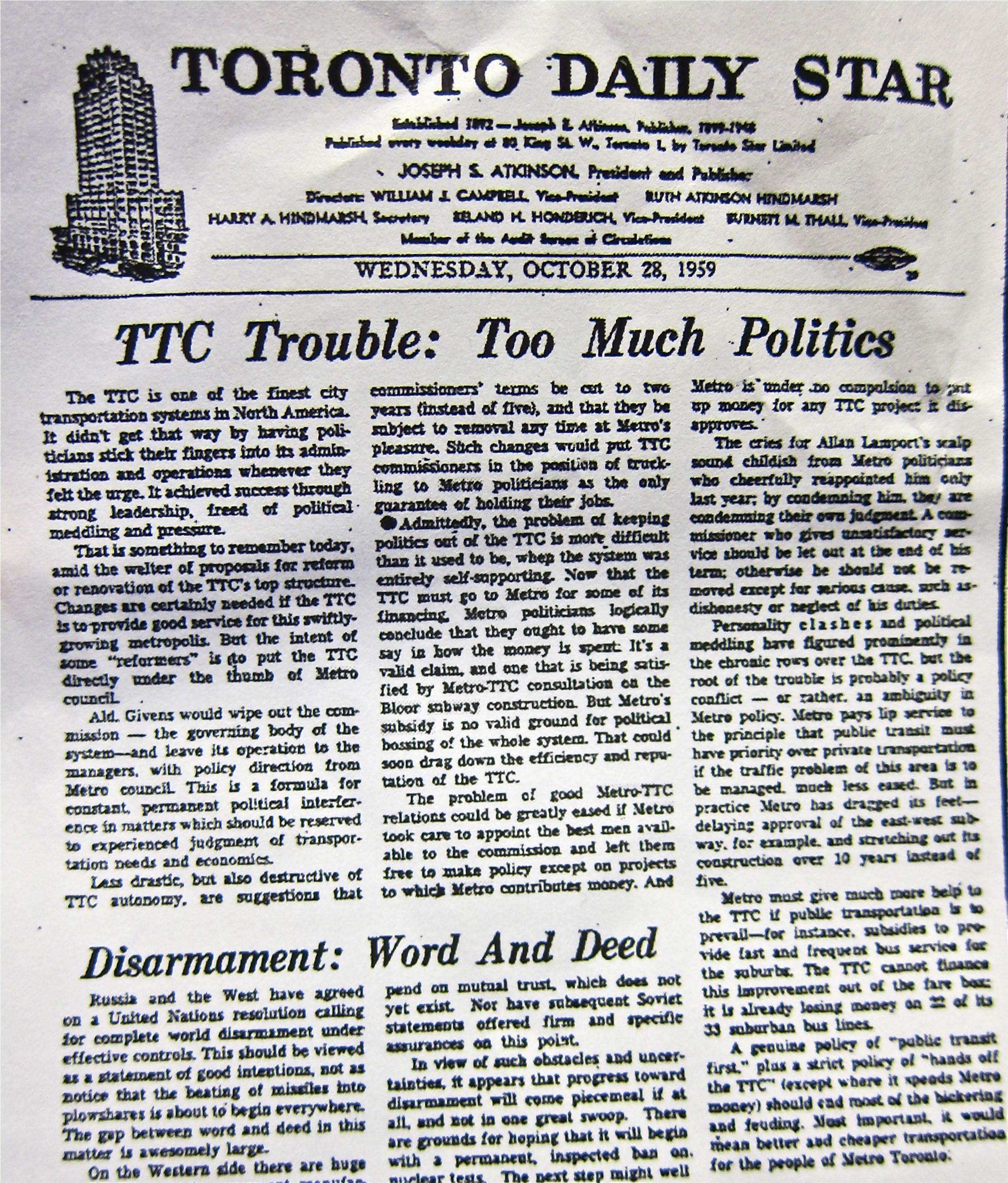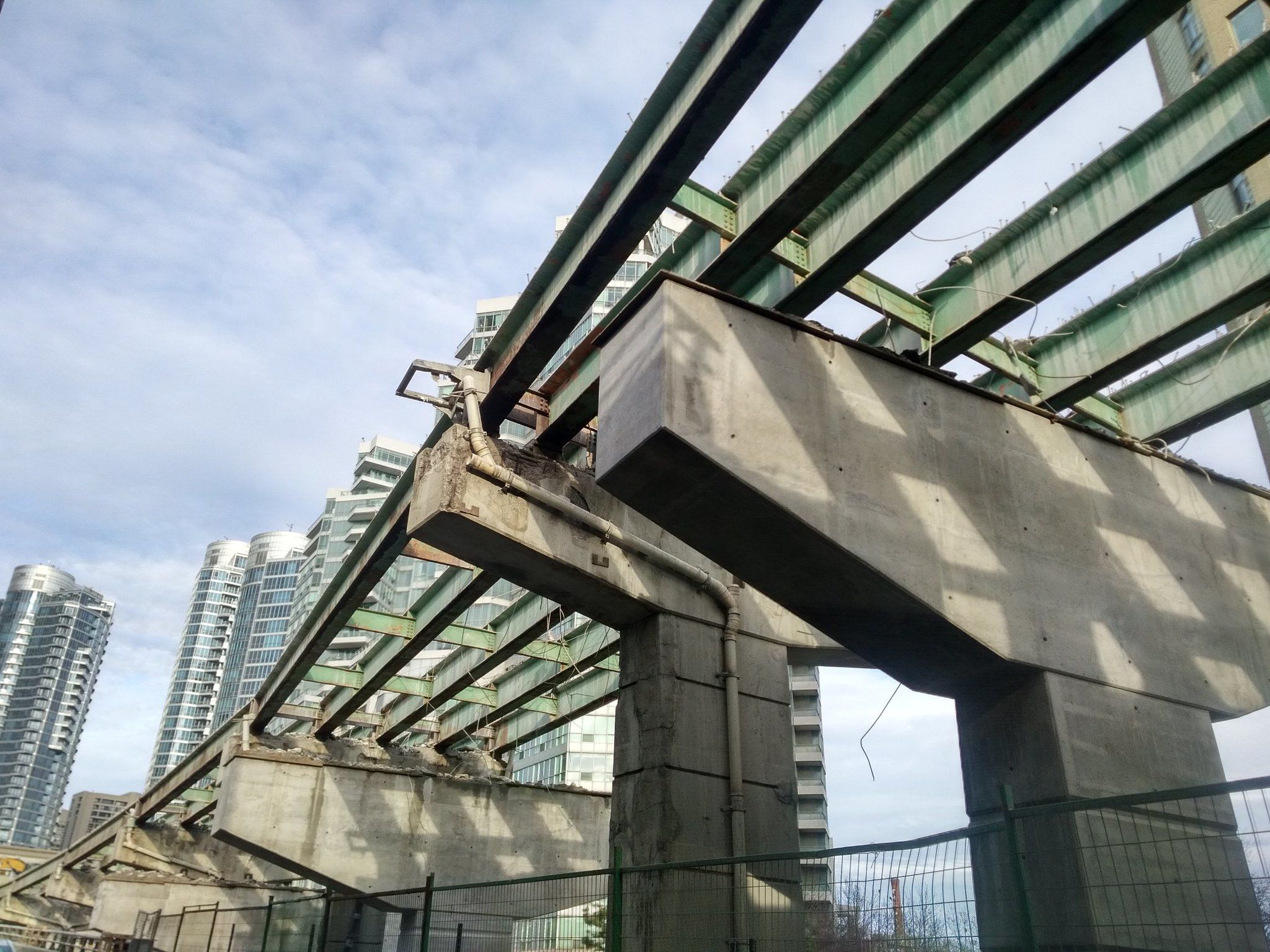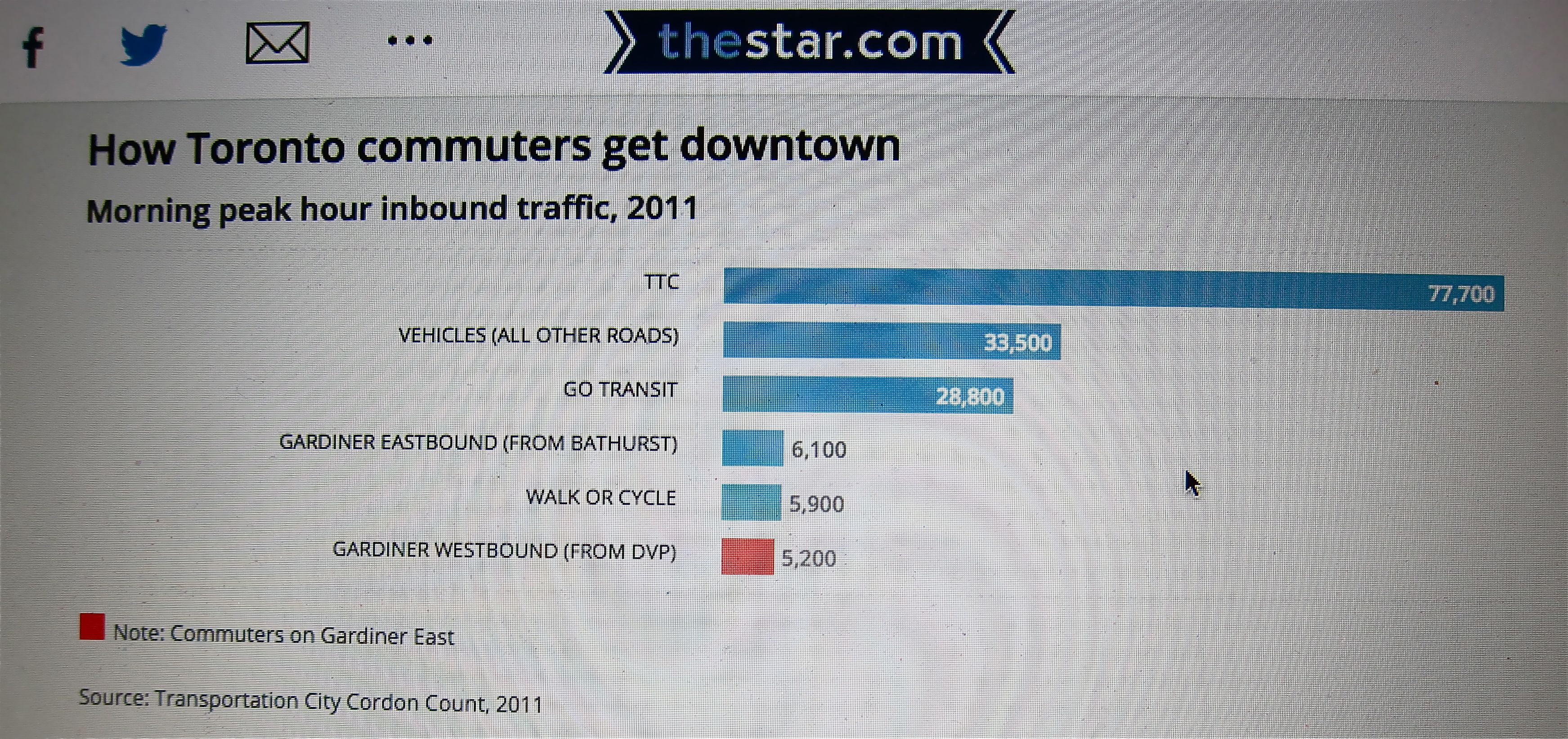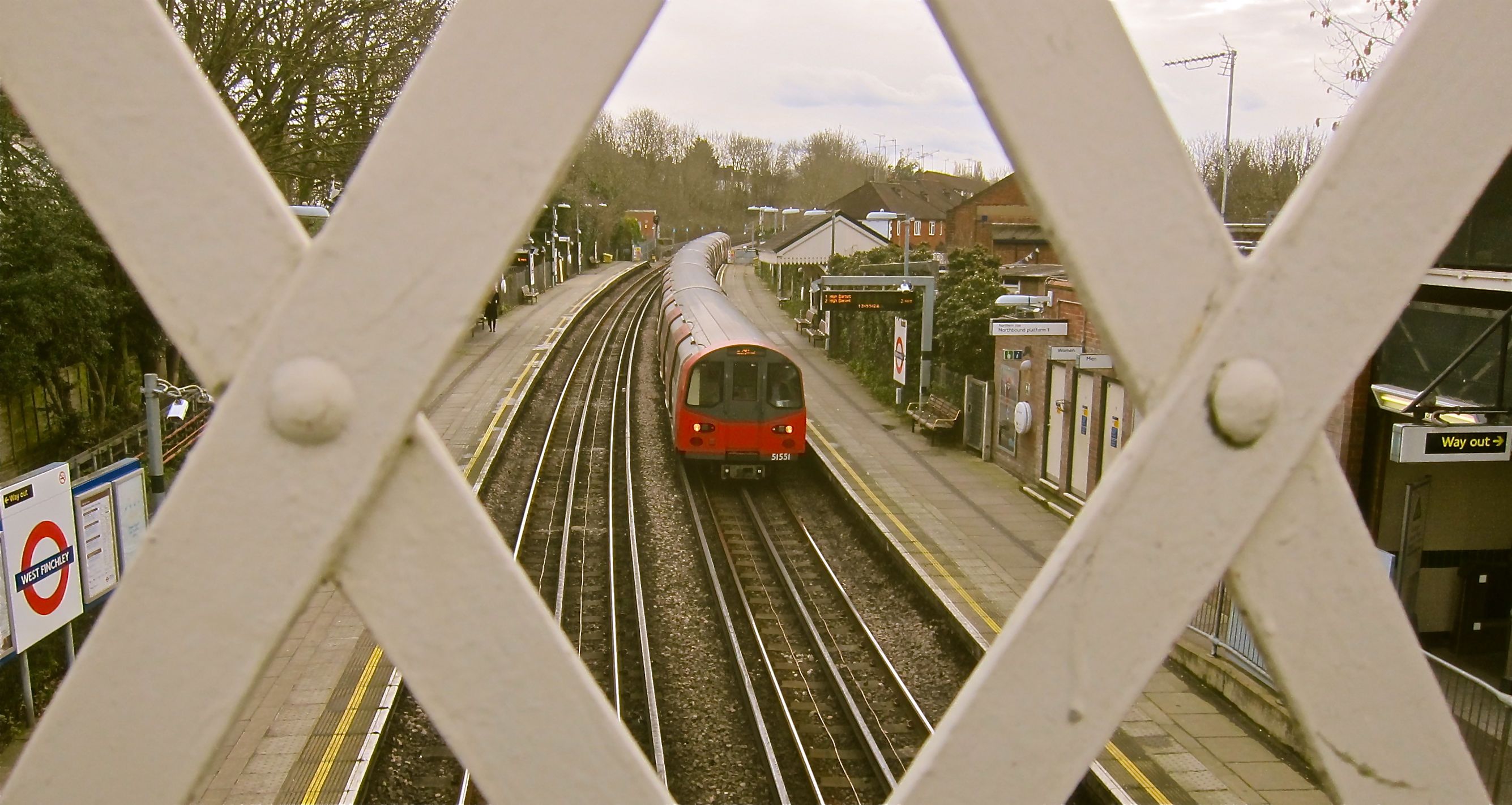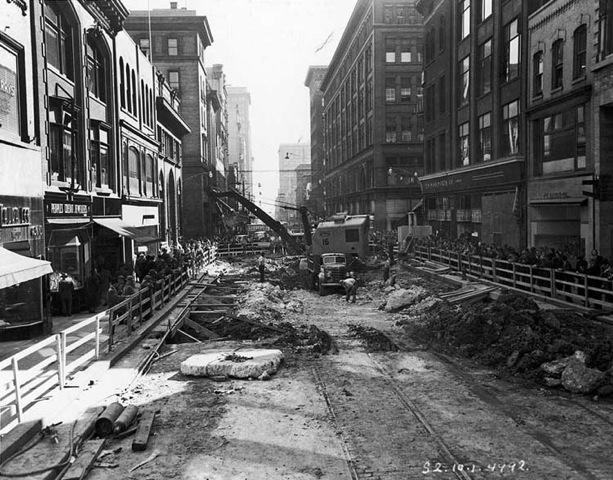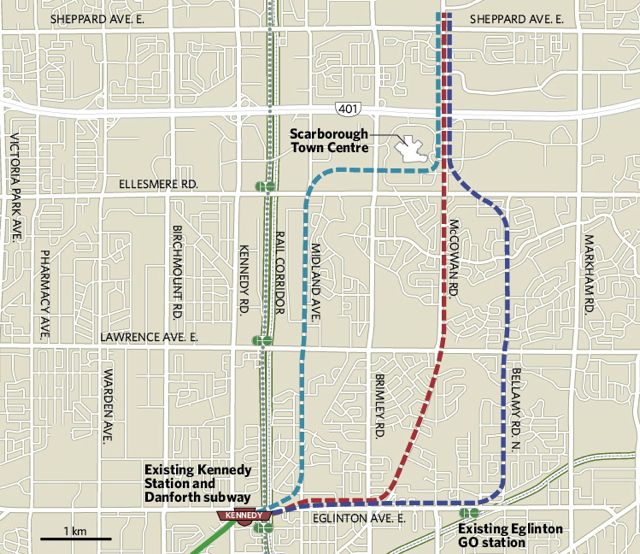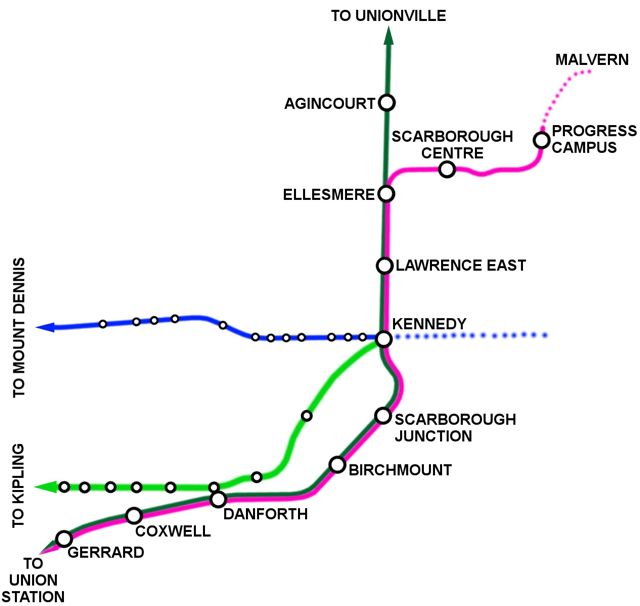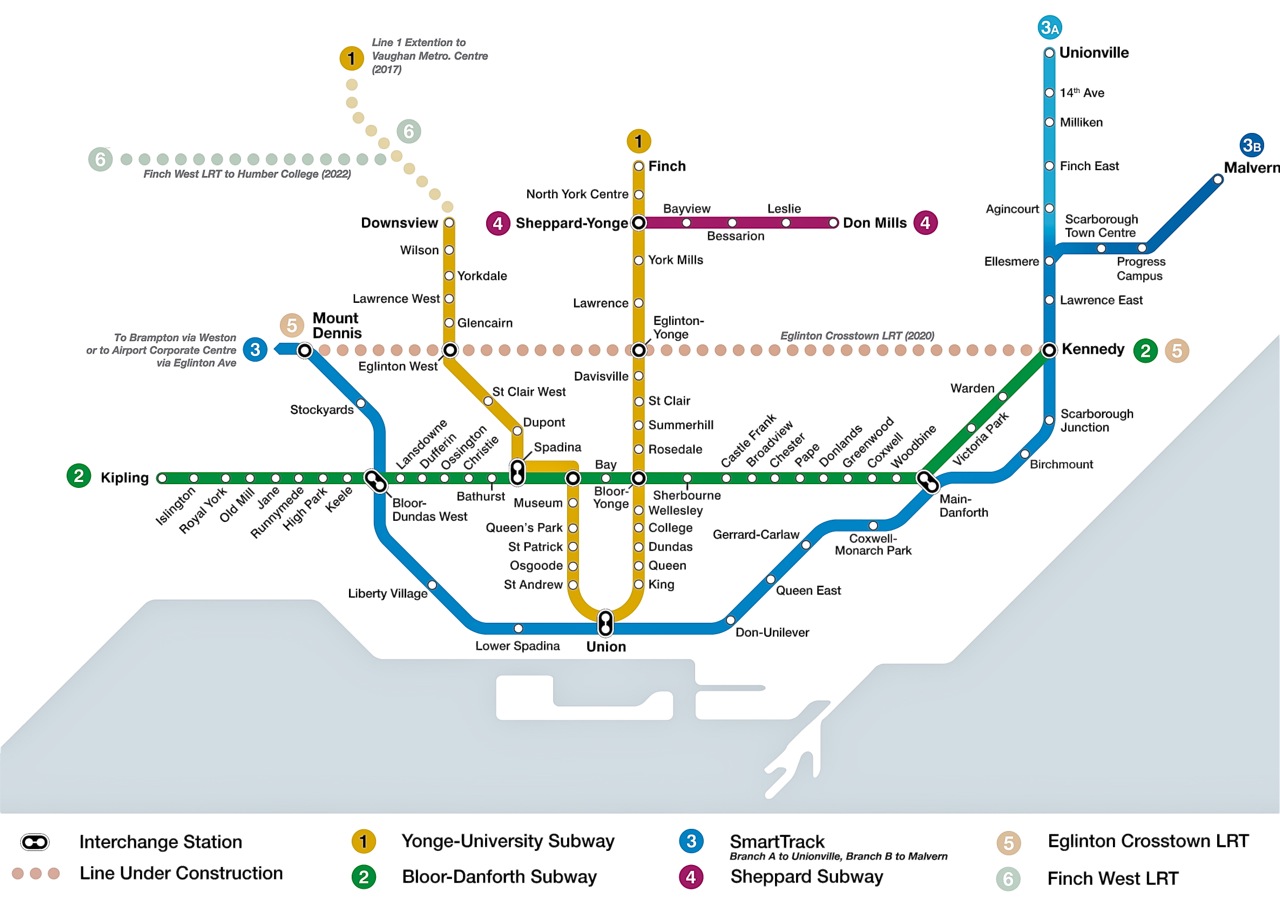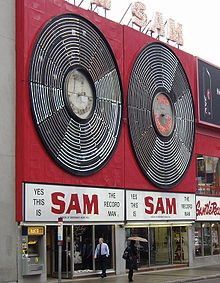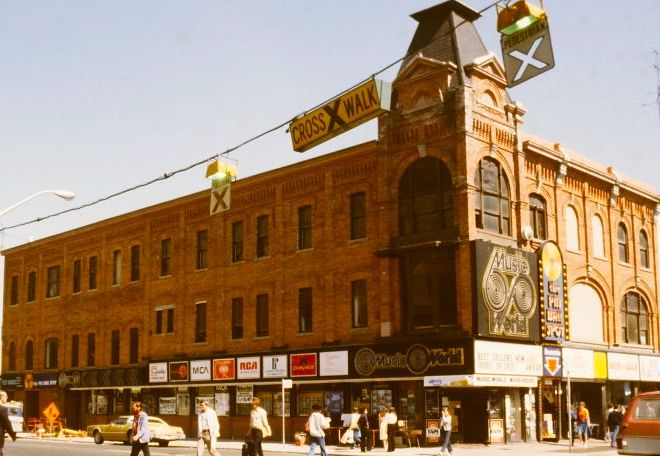Interrupting a good read to study footnotes, according to Noel Coward, is like “going downstairs to answer the door while in the midst of making love.” Coward, the 20th-century wit, playwright and man about town was right, of course, but this is an occasion when the footnotes should be worth your while, especially if you’re the least bit interested in Toronto transit matters. But first, read this seemingly timeless gem from the Toronto Daily Star (faithfully retyped further below for better readability) .
TTC Trouble: Too Much Politics (Toronto Star editorial from October 28, 1959)
The TTC is one of the finest transportation systems in North America. It didn’t get that way by having politicians stick their fingers into its administration and operations whenever they felt the urge. It achieved success through strong leadership, freed of political meddling and pressure.
That is something to remember today, amid the welter of proposals for reform or renovation of the TTC’s top structure. Changes are certainly needed if the TTC is to provide good service for this swiftly growing metropolis. But the intent of some “reformers” is to put the TTC directly under the thumb of Metro council.
Alderman Givens (1) would wipe out the commission — the governing body of the system — and leave its operation to the managers, with policy direction from Metro council. This is a formula for constant, permanent political interference in matters which should be reserved to experienced judgment of transportation needs and economics.
Less drastic, but also destructive of TTC autonomy, are suggestions that commissioners’ terms be cut to two years (instead of five), and that they be subject to removal any time at Metro’s pleasure. Such changes would put TTC commissioners in the position of truckling to Metro politicians as the only guarantee of holding their jobs.
Admittedly, the problem of keeping politics out of the TTC is more difficult than it used to be when the system was entirely self-supporting (2). Now that the TTC must go to Metro for some of its financing, Metro politicians logically conclude that they ought to have some say in how the money is spent. It’s a valid claim, and one that is being satisfied by Metro-TTC consultation on the Bloor subway construction. But Metro’s subsidy is no valid ground for political bossing of the whole system. That could soon drag down the efficiency and reputation of the TTC. (3)
The problem of good Metro-TTC relations could be greatly eased if Metro took care to appoint the best men available to the commission and left them free to make policy except on projects to which Metro contributes money. And Metro is under no compulsion to put up money for any TTC project it disapproves.
The cries for Allan Lamport’s (4) scalp sound childish from Metro politicians who cheerfully reappointed him only last year; by condemning him, they are only condemning their own judgment. A commissioner who gives unsatisfactory service should be let out at the end of his term; otherwise he should not be removed except for serious cause, such as dishonesty or neglect of his duties.
Personality clashes and political meddling have figured prominently in the chronic rows over the TTC, but the root of the trouble is probably a policy conflict — or rather, an ambiguity in Metro policy. Metro pays lip service to the principle that public transit must have priority over private transportation if the traffic problem of this region is to be managed, much less eased. But in practice, Metro has dragged its feet — delaying approval of the east-west subway, for example, and stretching out its construction over 10 years instead of five. (5)
Metro must give much more help to the TTC is public transportation is to prevail — for instance, subsidies to provide fast and frequent bus service for the suburbs. The TTC cannot finance this improvement out of the fare box; it is already losing money on 22 of its 33 suburban bus lines. (6)
A genuine policy of “public transit first,” plus a strict policy of “hands off the TTC” (except where it needs Metro money) should end most of the bickering and feuding. Most important, it would mean better and cheaper transportation for the people of Metro Toronto.
The long-awaited footnotes
- Phil Givens would go on to become mayor, 1963-66. Maybe best remembered for his crusade to bring Henry Moore’s Archer to Nathan Phillips Square. Importantly, but less well known, he saw the future of Toronto’s transportation system as car-based and later became an MPP heavily supporting the Spadina Expressway.
- The TTC was still self-supporting for operations until the early 1970s, but there was concern in 1959 because, for the second time in its history, the TTC reported an operating loss ($96,755). The reference in the editorial is to the TTC’s need for funds from Metro (a now-defunct senior, regional municipal government akin to Peel, York Region or Durham) to build the University-Bloor-Danforth subway project, for which ground would be broken a couple of weeks after the editorial was published.
- Metro’s money was coming with dangerous strings attached, but the interference was minor compared with the damage Queen’s Park would eventually cause via vote buying, once it started subsidizing operations and capital in the 1970s. The height of interference came early in the 21st-century when provincial cabinet minister Greg Sorbara and federal finance minister Jim Flaherty made a deal to support each other’s pet projects, the wasteful and unnecessarily tunnelled York-Vaughan subway extension and the 407E-412-418 highway expansion in Durham Region.
- Allan Lamport (mayor 1951-55 and TTC chair 1955-59) is best remembered for Yogi Berra-like malapropisms (e.g.: “It’s hard to make predictions, especially about the
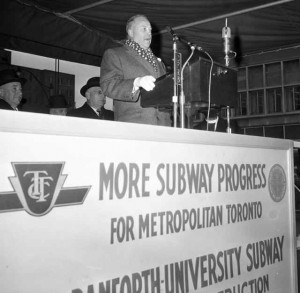
TTC chair Allan Lamport, addresses the gathering on Nov. 16, 1959, when a smaller, poorer Toronto went ahead and broke ground on the University and Bloor-Danforth subway project, even though it got no funds from Queen’s Park or Ottawa. future,” and, “If anybody’s going to stab me in the back, I want to be there.” He should be remembered most for battling to make transit and the TTC the top transportation priorities, a tough task in a town with rapidly rising car ownership, with Metro Chairman Fred (Big Daddy) Gardiner favouring expressways and in a province that would pay 50% of expressway costs but refused to subsidize subways or public transit.
- The University and Bloor-Danforth (Woodbine to Keele) got built in 75 months when the province guaranteed the TTC and Metro loans, allowing Metro politicians to vote to speed up construction. Building the east-west subway along Bloor made sense as part of a longer-term plan that included the Queen subway (roughly what we call the Downtown Relief Line). Within a decade, however, suburban Metro politicians and the owners of Yorkdale pushed instead to build a subway in the Spadina Expressway median instead. Sixty years later, politicians overrule serious planners and evidence, leaving us unable to built the elemental basis of a proper subway network.
- The most amazing thing about this statement is that it’s telling us 11 of the suburban bus routes were making a profit (largely because of the zone fare system). It should be noted that all of the inner-city zone routes were profitable on their single-zone fare, and were helping subsidize money-losing routes in the suburbs that were being rapidly expanded since the creation of Metro in 1954. Once operating subsidies became available from Metro and the province in the 1970s, zone fares were killed and the TTC threw out its most valuable asset — its business model. Deficits mushroomed to such a degree by the 1980s that the TTC has, for 30-plus years, been forced by politicians into a downward spiral of service cuts that have done nothing to improve the system’s financial sustainability.
Further reading for serious Toronto transit nerds
- Seminal Lessons From the Transit Time Tunnel: (first published in the Toronto Star in February, 2015). It explains how we built the University and Bloor-Danforth lines, on budget and ahead of schedule with no funding help from Queen’s Park or Ottawa.
- More on the sordid deal between Greg Sorbara and Jim Flaherty can be found in a chapter of Sorbara’s memoirs, The Battlefield of Ontario Politics, (Dundurn Press, 2015) summarized here by Star columnist Royson James. (Steven Del Duca’s game of largesse regarding unwarranted GO stations and a Highway 400 widening through his riding “to ease congestion” is peanuts by comparison.)
- Edward J. Levy’s Rapid Transit in Toronto, A Century of Plans, Projects, Politics and Paralysis (2015, published by Neptis Foundation).
